Florida is home to six of the world's seven sea turtle species, making it one of the best places in the world to see these gentle marine giants.
From the beaches of the Gulf Coast to the islands of the Keys, there are plenty of places to go turtle-watching in Florida.
In this guide, you'll learn our insider tips on the best places to see sea turtles in Florida, as well as some of the things you can do to help protect these amazing creatures.
Read on for everything you need to know about seeing sea turtles in Florida.
Also read: Must-See Marine Animals In Florida: A Tourist’s Checklist
Where to See Sea Turtles in Florida
Here are some top places in Florida to witness these gentle marine giants:
1. Archie Carr National Wildlife Refuge
This refuge, spanning 20 miles of beaches and coastline in Brevard and Indian River counties, provides vital nesting habitat.
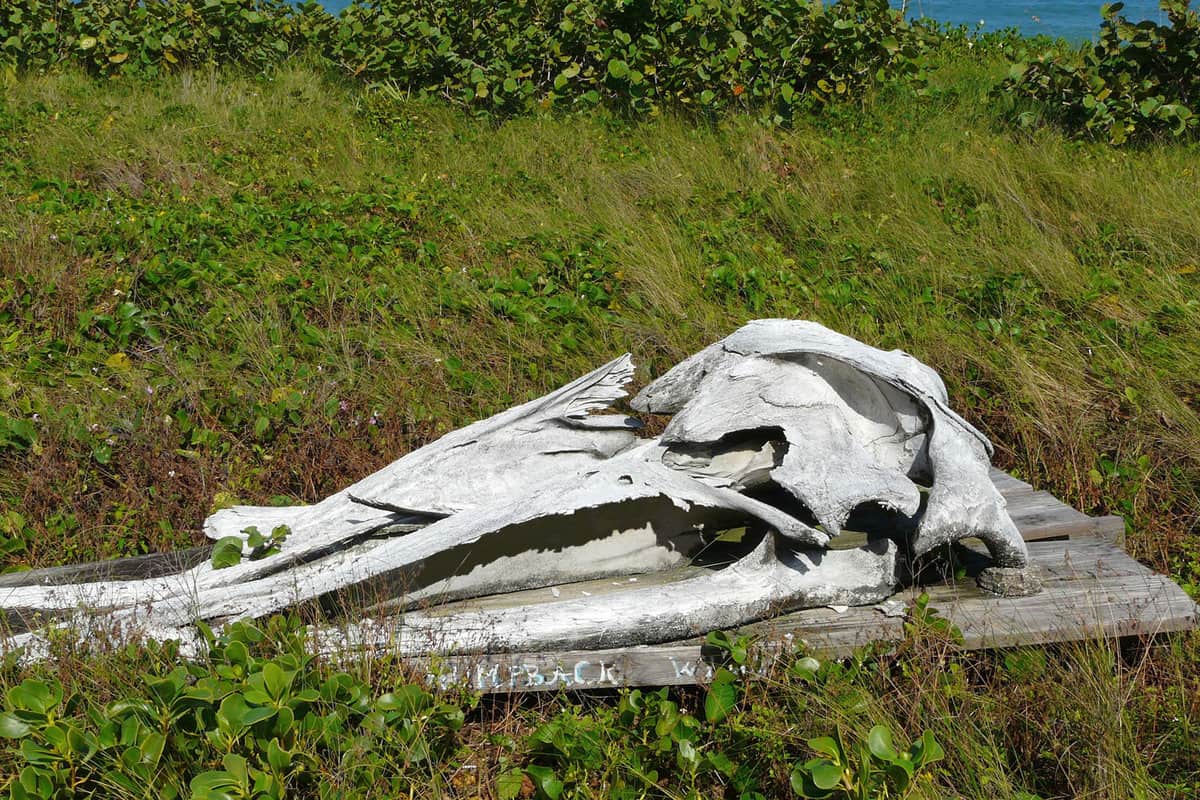
Loggerhead, green, and leatherback sea turtles lay eggs on beaches from March to October.
Guided turtle walks at night spotlight mothers nesting. The visitor center offers exhibits and sea turtle talks.
2. Juno Beach
Juno Beach near West Palm Beach in Juno Dunes Natural Area draws nesting sea turtles from March to September. Loggerheads are most common, but leatherbacks and greens also nest here.
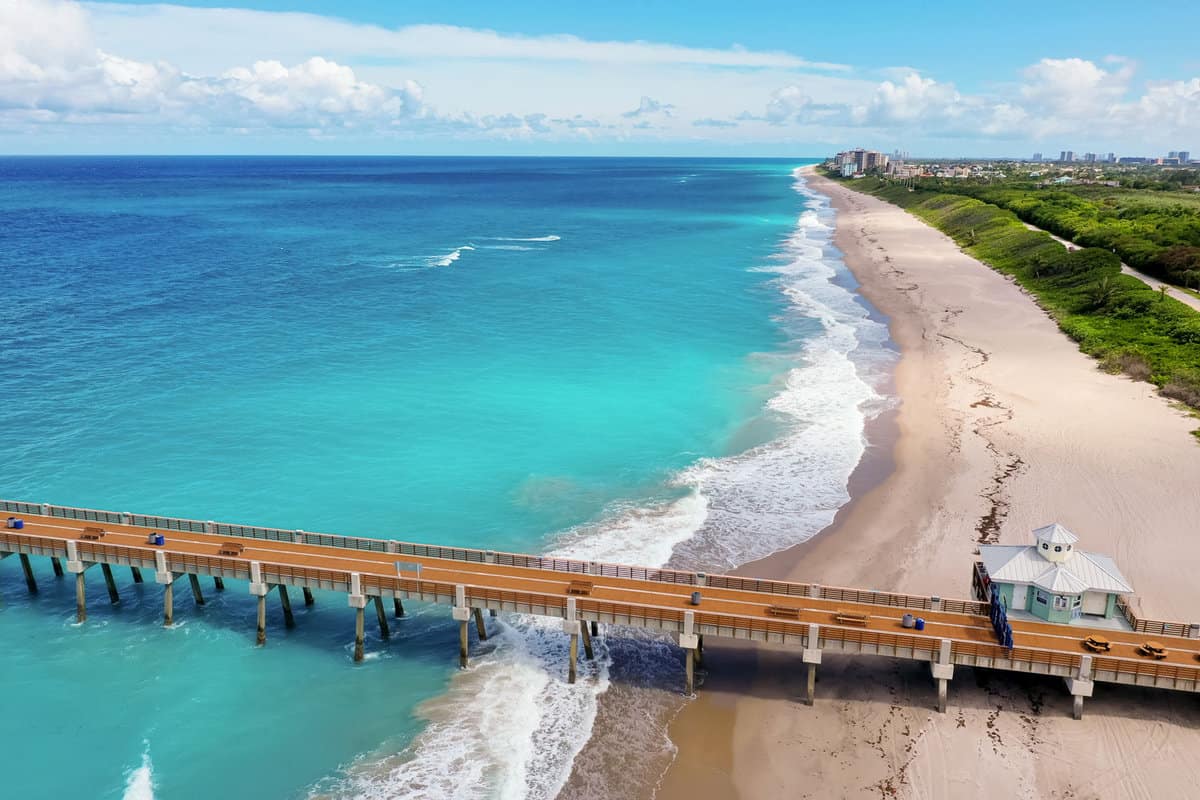
Join night walks in the season. Morning turtle patrols and the annual Sea Turtle Festival also showcase these visitors.
3. Canaveral National Seashore
Canaveral National Seashore mid-way along Florida's east coast provides critical nesting and feeding grounds.
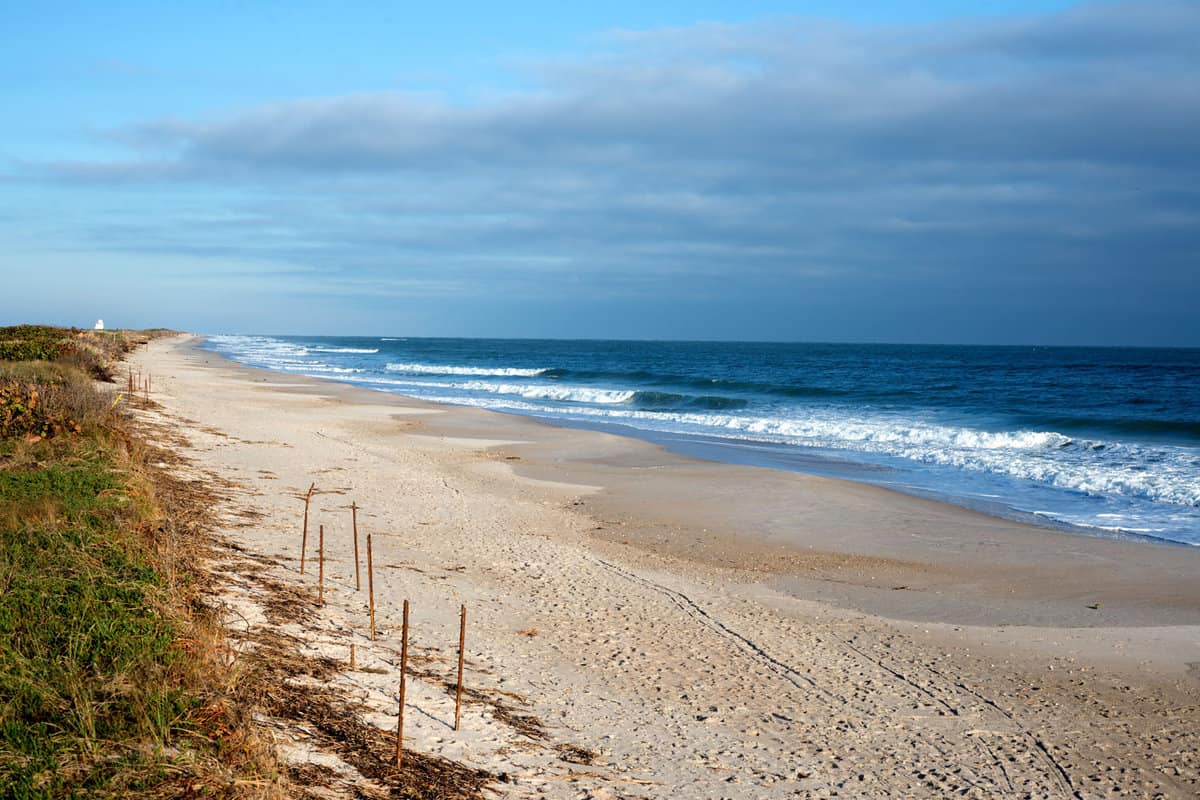
Mosquito Lagoon offers excellent turtle sightings, especially in summer, as juvenile green and loggerhead sea turtles feed on seagrass.
Join ranger-led turtle talks and walks for viewing.
4. Bahia Honda State Park
This Keys park is a hot spot to witness sea turtles near coral reefs and sandy beaches. Snorkel offshore reefs, where hawksbill and green sea turtles frequent.
Or spot loggerheads and occasional leatherbacks nesting on the beaches from May through October.
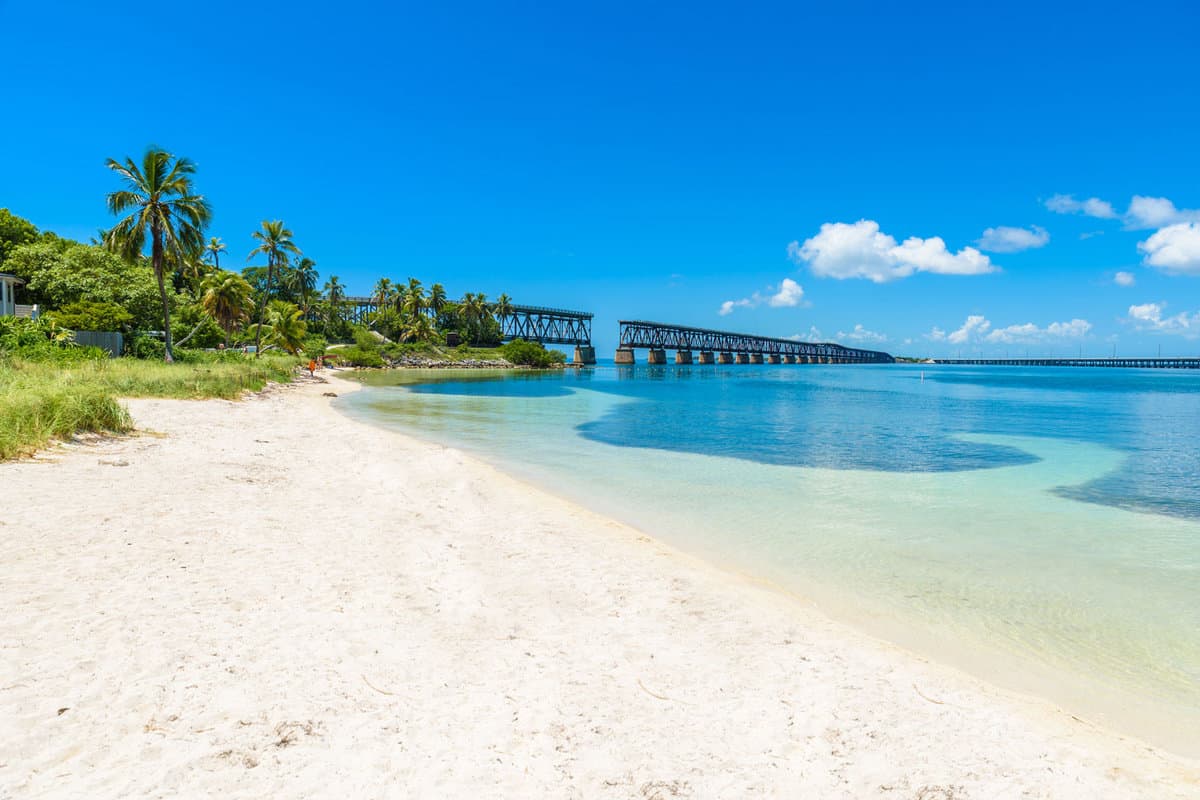
With responsible practices, visitors can create lasting memories of encountering these ancient mariners in Florida.
Joining Guided Turtle Walks
One of the best ways to safely view nesting sea turtles is by joining guided turtle walks offered at many Florida beaches during nesting season (March - October, with most activity May-August).
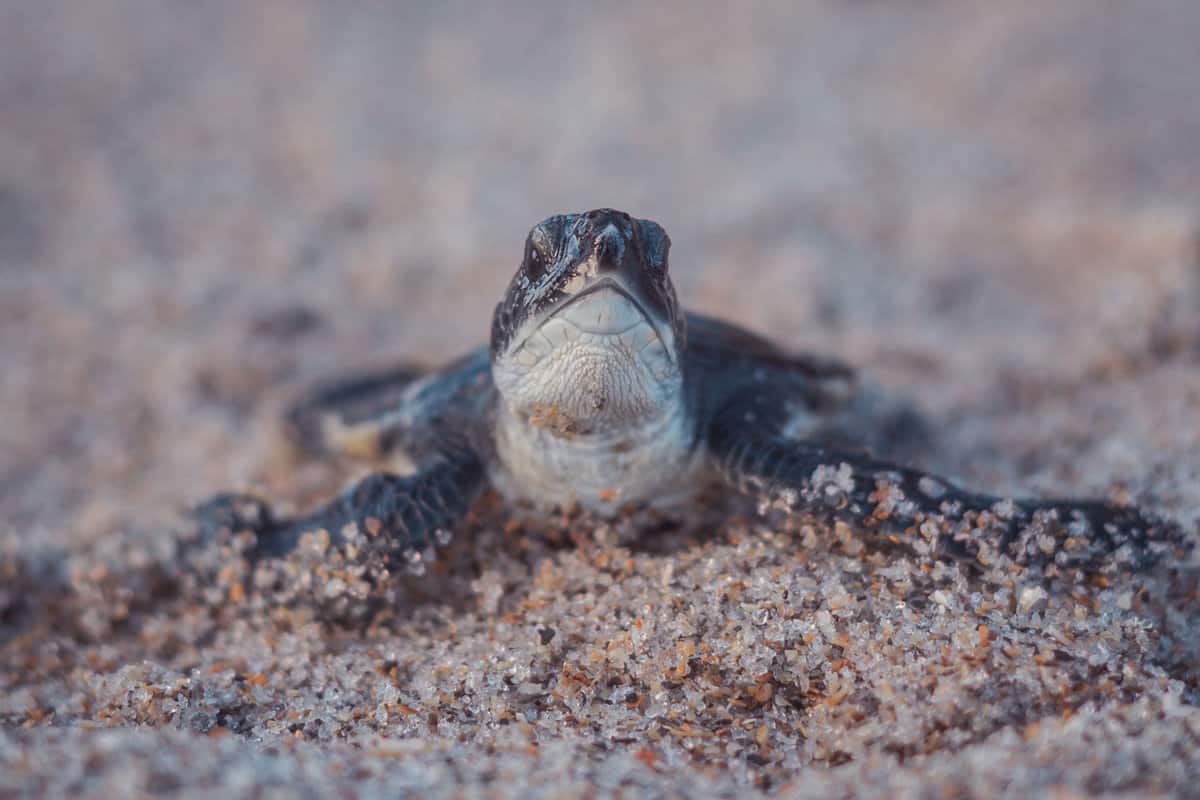
These expert-led walks take small groups to observe the ancient nesting ritual under special permits and with trained guides.
Some top organizations offering guided turtle walks include:
- Canaveral National Seashore Turtle Walks
- Juno Beach Turtle Walks
- Sanibel Sea School Turtle Walks
- Panama City Beach Turtle Walks
- Venice Turtle Watch Turtle Walks
Guides will share fascinating facts while leading you to nesting sites or monitoring morning turtle tracks.
Also read: Sea Turtle Nesting Season In Florida: Witnessing The Miracle Of Life
This hands-on experience provides once-in-a-lifetime encounters.
Just remember to avoid shining lights or noises and follow guide directions explicitly so as not to disturb turtles.
Six of the World's Seven Species You Can See Up Close
When it comes to marine biodiversity, Florida stands as a global hotspot, boasting a rich array of sea turtle species that call its coastal waters home.
Let's dive into the world of these magnificent creatures, each with its unique characteristics and vital role in the intricate tapestry of marine life.
1. Loggerhead Sea Turtle (Caretta caretta)
Appearance: Loggerheads are easily recognized by their massive heads and powerful jaws, which give them their name. Their reddish-brown shells, or carapaces, are adorned with intricate patterns.

Nesting Habits: These nesting champions arrive on Florida's sandy beaches during the nesting season, which runs from late spring to early fall. They lay multiple clutches of eggs, ensuring the survival of their species.
Habitat and Diet: Loggerheads prefer coastal and oceanic habitats, feasting on a diet of crabs, mollusks, and other marine invertebrates.
Conservation Status: Listed as a threatened species, loggerheads face various threats, including habitat loss, accidental capture in fishing gear, and pollution.
2. Green Sea Turtle (Chelonia mydas)
Appearance: Named for their greenish fat deposits, not their shell color, these turtles have heart-shaped carapaces and powerful flippers for swimming.
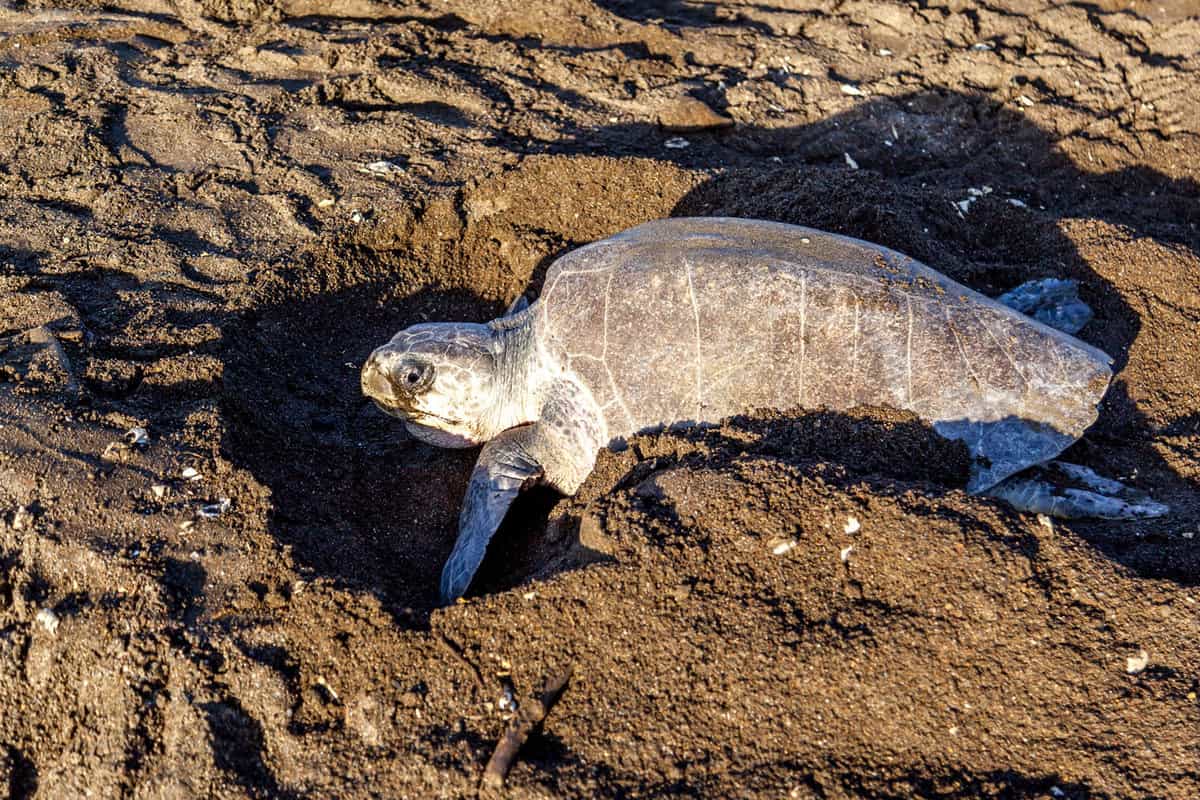
Nesting Habits: Florida's warm and inviting shores provide nesting grounds for green sea turtles. They undertake lengthy migrations to lay their eggs on the very beaches they hatched from.
Habitat and Diet: Green sea turtles primarily feed on seagrass and algae, making them essential for the health of seagrass beds and coastal ecosystems.
Conservation Status: Despite their name, these turtles face significant threats, including habitat loss, pollution, and entanglement in fishing gear.
3. Kemp's Ridley Sea Turtle (Lepidochelys kempii)
Appearance: Kemp's ridleys are small and agile turtles with a heart-shaped carapace. They are known for their olive-gray coloration.
Nesting Habits: While rare in Florida, these turtles play a critical role in ocean ecosystems. They nest in mass synchronizations, a phenomenon called "arribadas," on select beaches in Mexico.
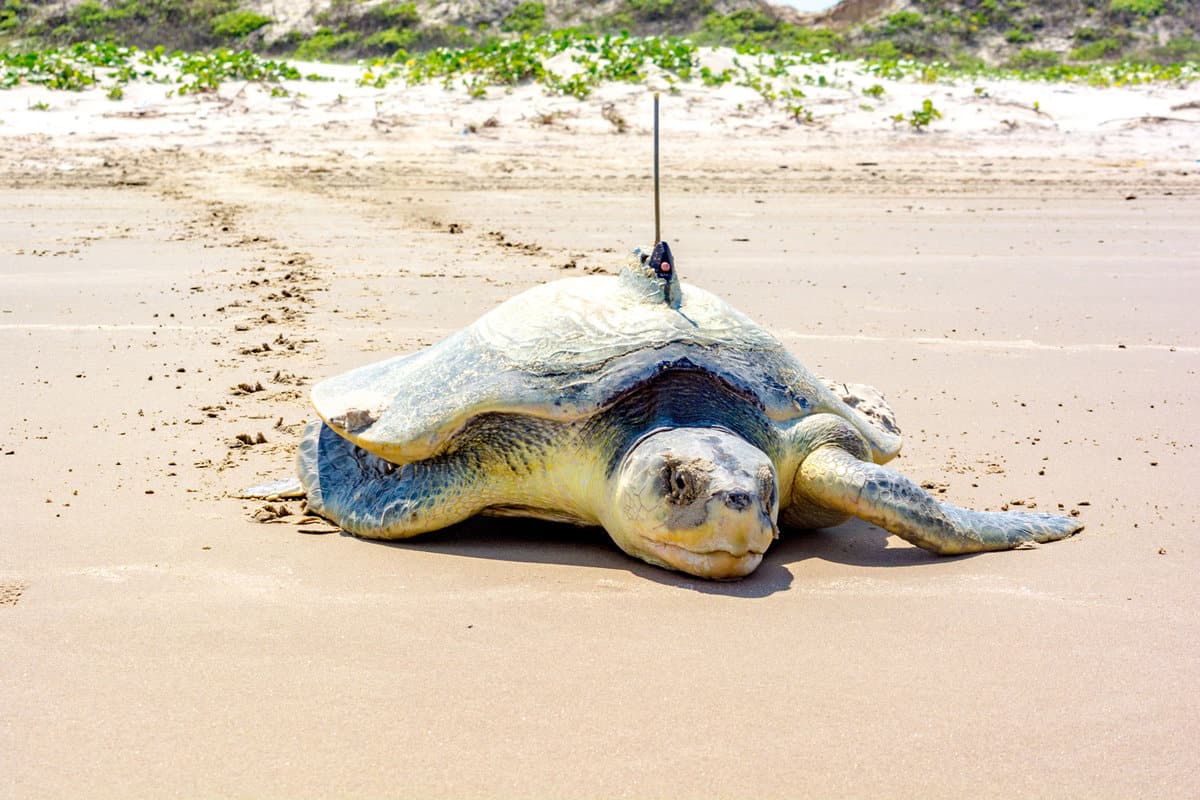
Habitat and Diet: Kemp's ridleys prefer warm waters and primarily feed on crabs, jellyfish, and other soft-bodied organisms.
Conservation Status: As the most endangered sea turtle species, their protection is a top priority. Conservation efforts focus on safeguarding nesting sites and reducing accidental bycatch.
4. Leatherback Sea Turtle (Dermochelys coriacea)
Appearance: The largest of all sea turtles, leatherbacks are known for their unique leathery shells and lack of a hard, bony carapace.
Nesting Habits: While leatherbacks do not nest in Florida, they are frequent visitors to its coastal waters, foraging on their favorite food—jellyfish.
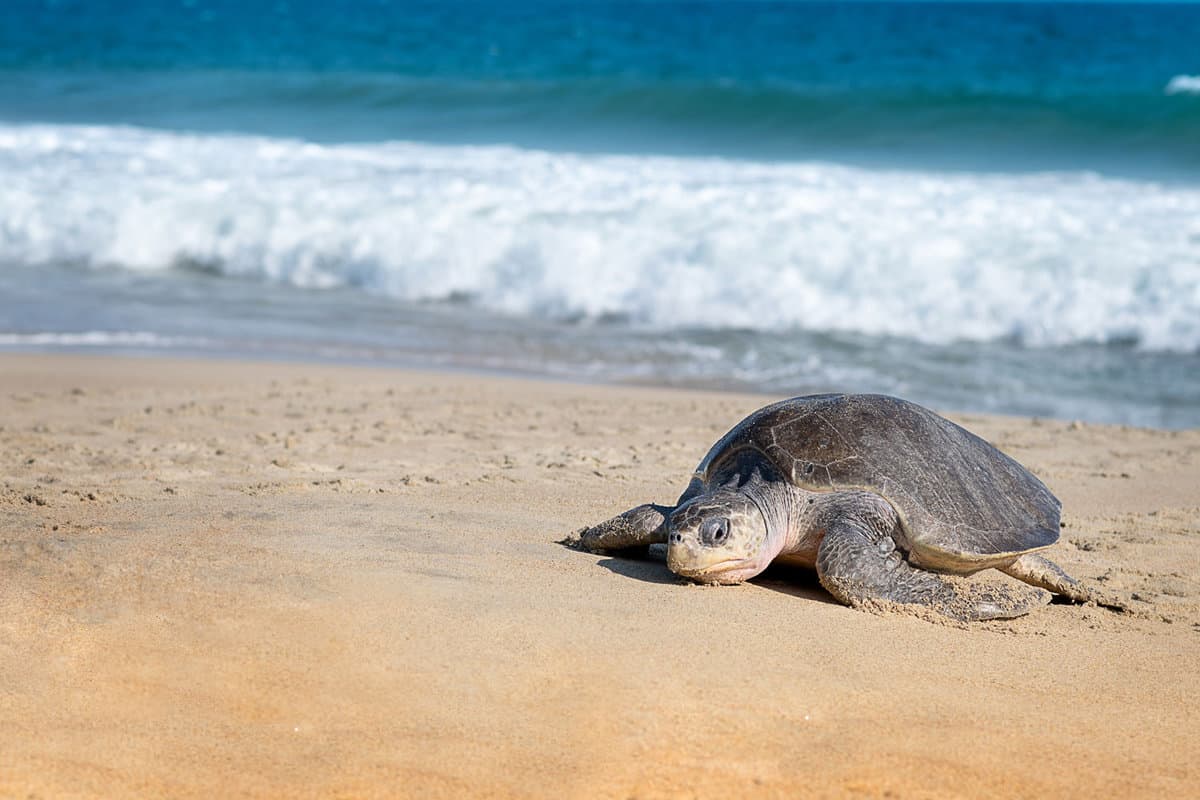
Habitat and Diet: These sea giants have a diet exclusively consisting of jellyfish, and their presence aids in controlling jellyfish populations.
Conservation Status: Leatherbacks face threats such as plastic ingestion, bycatch, and habitat disturbance, making conservation efforts crucial.
5. Hawksbill Sea Turtle (Eretmochelys imbricata)
Appearance: Hawksbills are easily distinguished by their sharp, pointed beaks and intricately patterned shells that resemble overlapping tiles.
Nesting Habits: While they nest in tropical and subtropical regions around the world, hawksbills contribute to Florida's coastal ecosystems by maintaining healthy coral reefs.
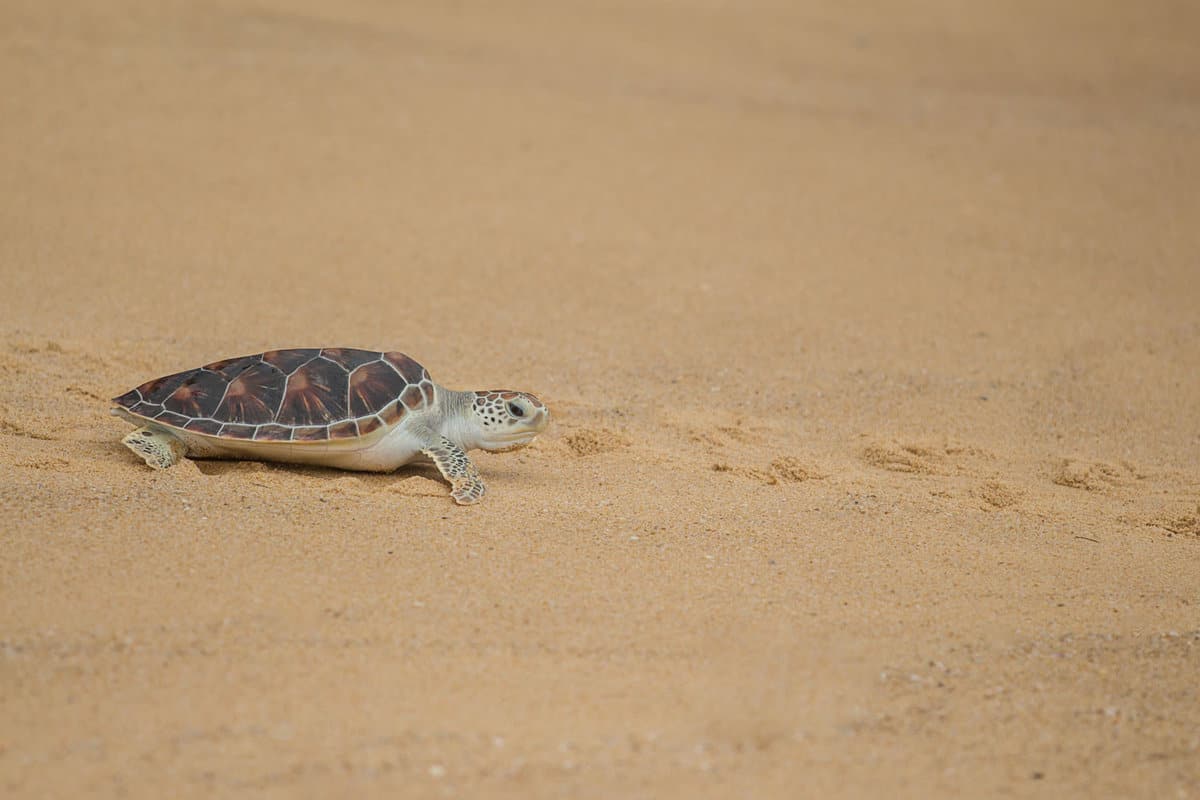
Habitat and Diet: These turtles play a vital role in reef health by feeding on sponges and other organisms that can otherwise overgrow and harm corals.
Conservation Status: Hawksbills are critically endangered due to habitat loss, illegal trade of their shells, and accidental capture in fishing gear.
6. Olive Ridley Sea Turtle (Lepidochelys olivacea)
Appearance: Olive ridleys have heart-shaped shells with a greenish hue and are known for their synchronized nesting events.
Nesting Habits: Though not as common as other species in Florida, their presence highlights the diverse marine life in the state's waters.
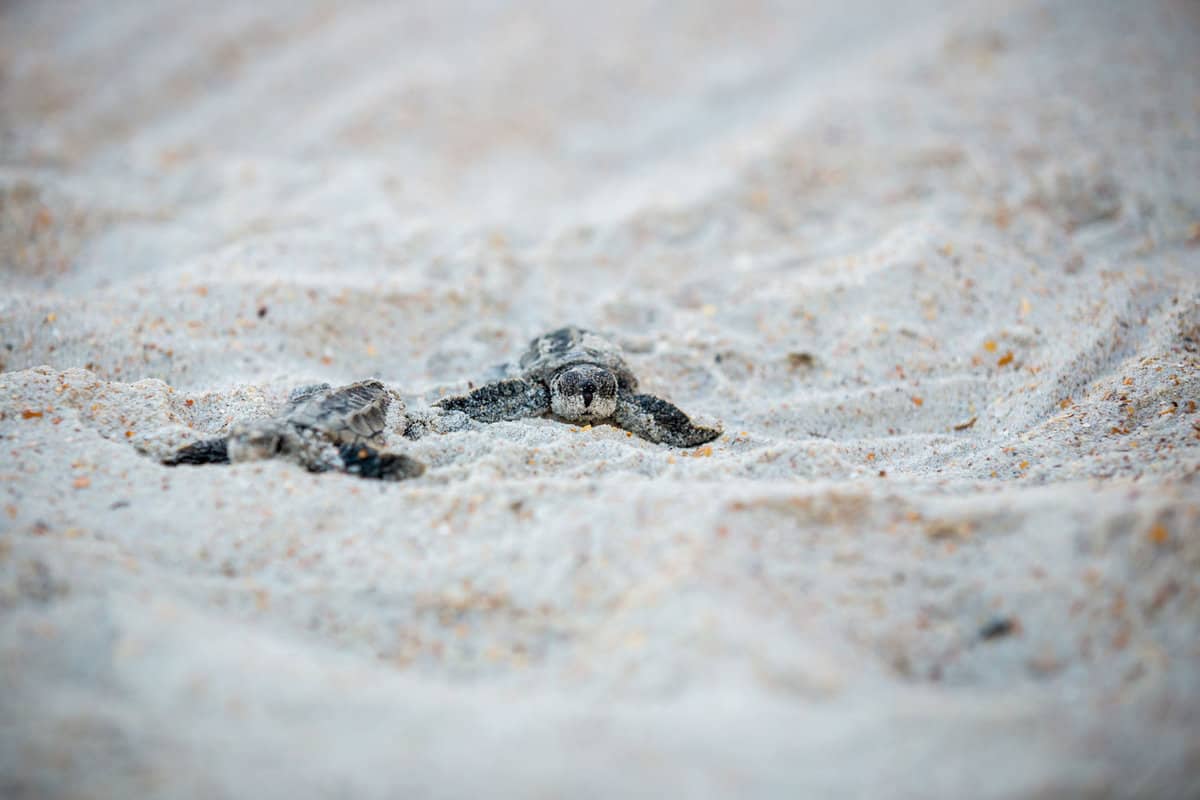
Habitat and Diet: Olive ridleys are opportunistic feeders, consuming a variety of prey, including jellyfish, shrimp, and algae.
Conservation Status: While not as threatened as some other species, these turtles still face dangers from pollution, accidental capture, and habitat disruption.
As Florida continues its dedicated efforts to protect and conserve these remarkable sea turtle species, the state remains a beacon of hope for the future of marine biodiversity.
By raising awareness, implementing conservation measures, and fostering a sense of responsibility, we can ensure that these ancient mariners thrive in their natural habitats for generations.
Also read: Turtle Nesting In Palm Beach County: The Beaches With 16,000 Reasons To Visit
